Exhibitions
Enrique Ramírez – “Geometrías: líneas y segmentos imperfectos”
Reception: April 8th, 2024
_VIGILGONZALES Buenos Aires - Presidente Porque Saenz Peña 628 - P4. Buenos Aires
We are pleased to invite you to the opening of Geometrías: líneas y segmentos imperfectos, a solo exhibition by Chilean artist Enrique Ramírez (Santiago de Chile, 1979), presented at _VIGILGONZALES Buenos Aires.
Mathematical geometry and marine and social geography share a search for accuracy in different fields. Ramírez's work focuses on the essential, revealing deep layers of sensation. Raised among sails, his art dialogues with the South, defying migratory distance. His works explore water as a symbol of memory and distance, reflecting the intimate connection between humans and water. "El Cruce de Las Alamedas" and "Silencio Plata" merge past and future, while "San Borondón" and "Entre tierras" explore migration and transcendence.
Ramírez and his work navigate on a liquid surface, guiding our political and human sensibility. "Indefectibly Geometries" invites us to reflect on our understanding of the world around us.
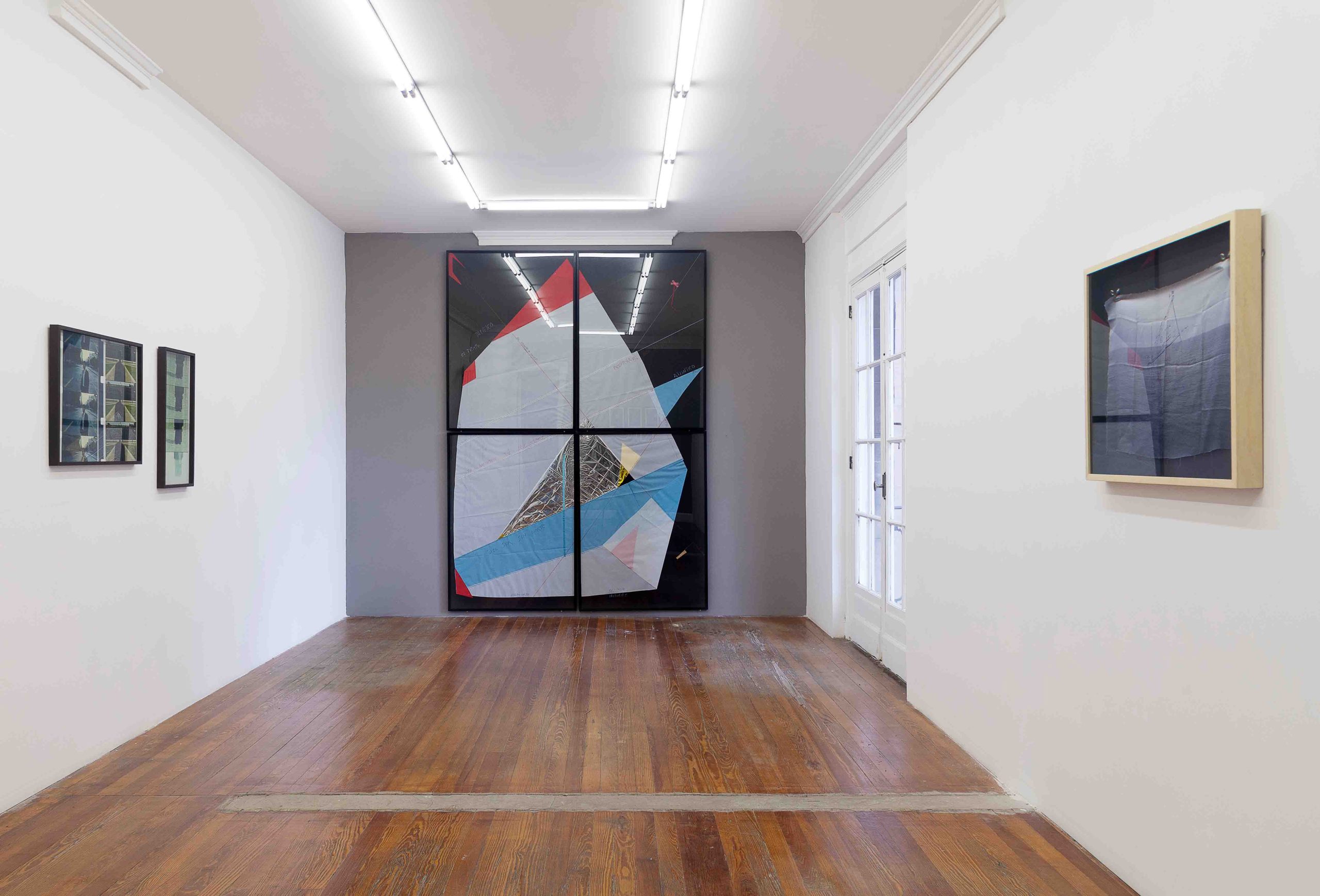
Geometrías: líneas y segmentos imperfectos
If mathematical geometry is an exact science that is realised in abstraction, marine and social geography would have to boast the same exactness in an indomitable material area to sail the ocean. So too Ramírez's work strips away the unnecessary, to present us with the deepest, subtlest and most elegant layer of a sensation.
Surrounded since childhood by sails due to his father's profession, Ramírez once again fulfils the desire to establish aesthetic dialogues with the South of the continent that has seen him grow up, proving that migration is not a defining distance.
The works exhibited assiduously elaborate on the various aspects of water as a symbol of memory and purification, as well as of distance and unfathomable depth. Recurrently glimpsed in Ramírez's work is the intimate and indomitable nexus between humans - and the system they have formed to relate to each other - and water.
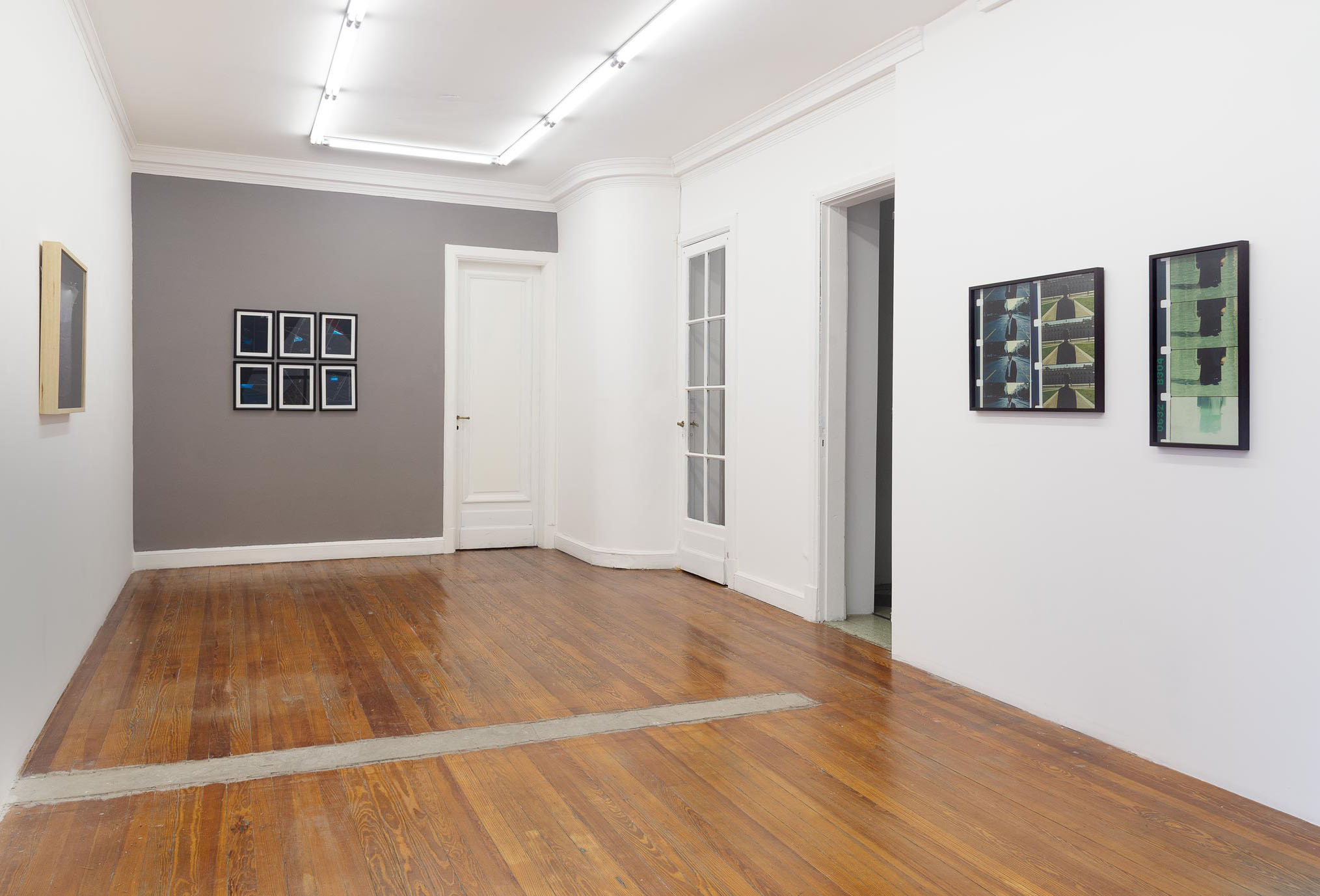
El cruce de Las Alamedas convinces us that we can cross a space of power. The Palacio de la Moneda and its antechamber, La Plaza de la Ciudadanía, which civilians are barred from entering, condense the symbolic power of objectified political legitimacy in Chile. The composition brings together a double succession of stills from the film Brisas ( 2008), where a ford in history is suggested: an enunciative and reflexive space where the fluid current of recent history is remanent so that we can grasp, model and assimilate it.
The selected photograms depict a Chilean man soaking wet, who is elucidating the sign of our times and its political history. As the historian Christian Báez Allende dictates, in Ramírez's work human history breathes, palpitates and becomes flesh to be part of the range of documents available to the historians of the future.
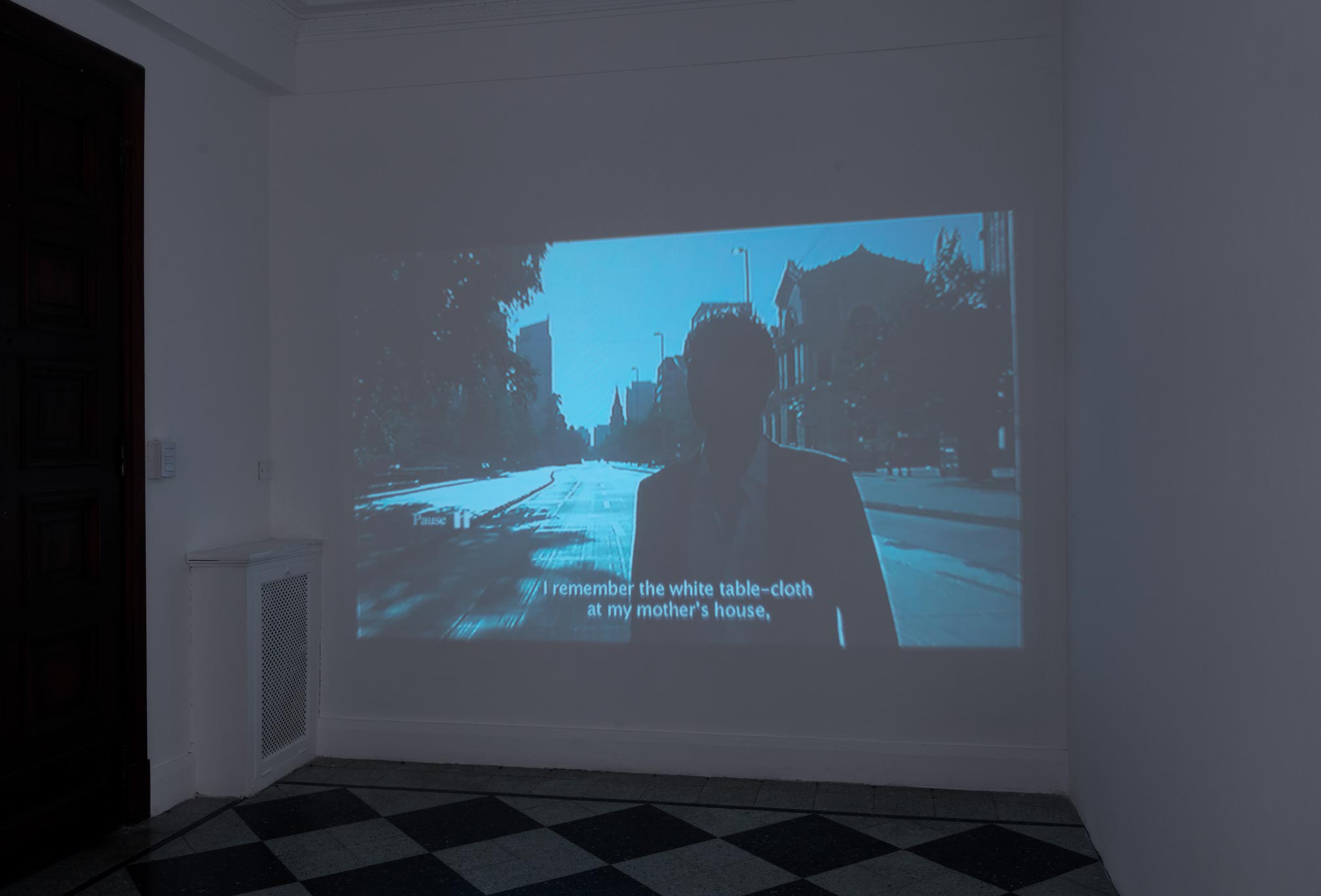
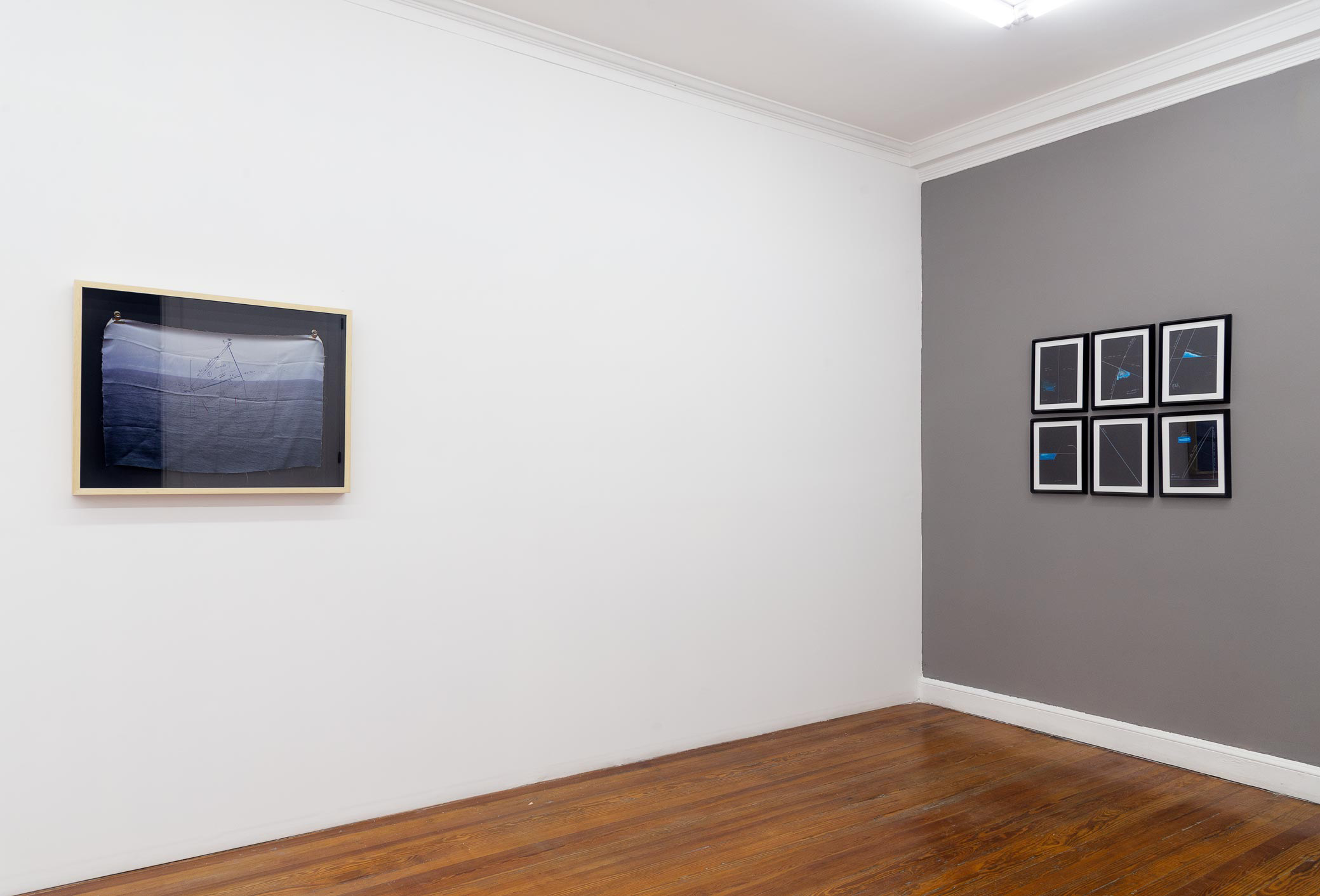
Silencio Plata (2023) emerges as a prototype Optimist sail, rooted in sailing education, symbolising the convergence of past and future. The work seeks to establish an introspective dialogue with history, reflecting open and persistent narratives, especially those related to the Argentinean dictatorship and disappearance. Through a chromatic palette that evokes dual emotions rooted in Argentinean society and through the interplay of aquatic symbols from Argentina and Chile, the work traces a poetic and political map that links the shared histories of South America and revisits the bridge between collective memories. Through this chromatic amalgam, Ramírez encapsulates the concept of a situated and latent history, especially that reserved by water.
San Borondón (2022) presents metaphors of our circulation through space-time conceptualised as marine. The image is the representation of an imaginary where the artist invites us to look through this nautical representation of space, surrounded by a marine fog, where the horizon is far away.
Entre tierras (2023) explores a similar plane of meaning, that of the marine spatial coordinates, but with a focus on the conceptual. In the polyptych Ramírez shares, through his own system of references, the personal experience of migration from Chile to France and a transcendental approach to the magnetic planes and axes - psychic and collective - that the mere contact with the work can elucidate.
Ramírez's work, his imaginary and the artist himself, go around the world on a liquid surface. Allowing ourselves to be unveiled by Ramírez's astrolabe allows us to reclaim a sensibility of a directive nature - as human as it is political - that reclaims the rudder. Geometrías: líneas y segmentos imperfectos (Geometries: Imperfect Lines and Segments) inevitably immerses the viewer in a state of contemplation and reflection on how humanity believes it understands the social and natural landscape that surrounds it in its time.
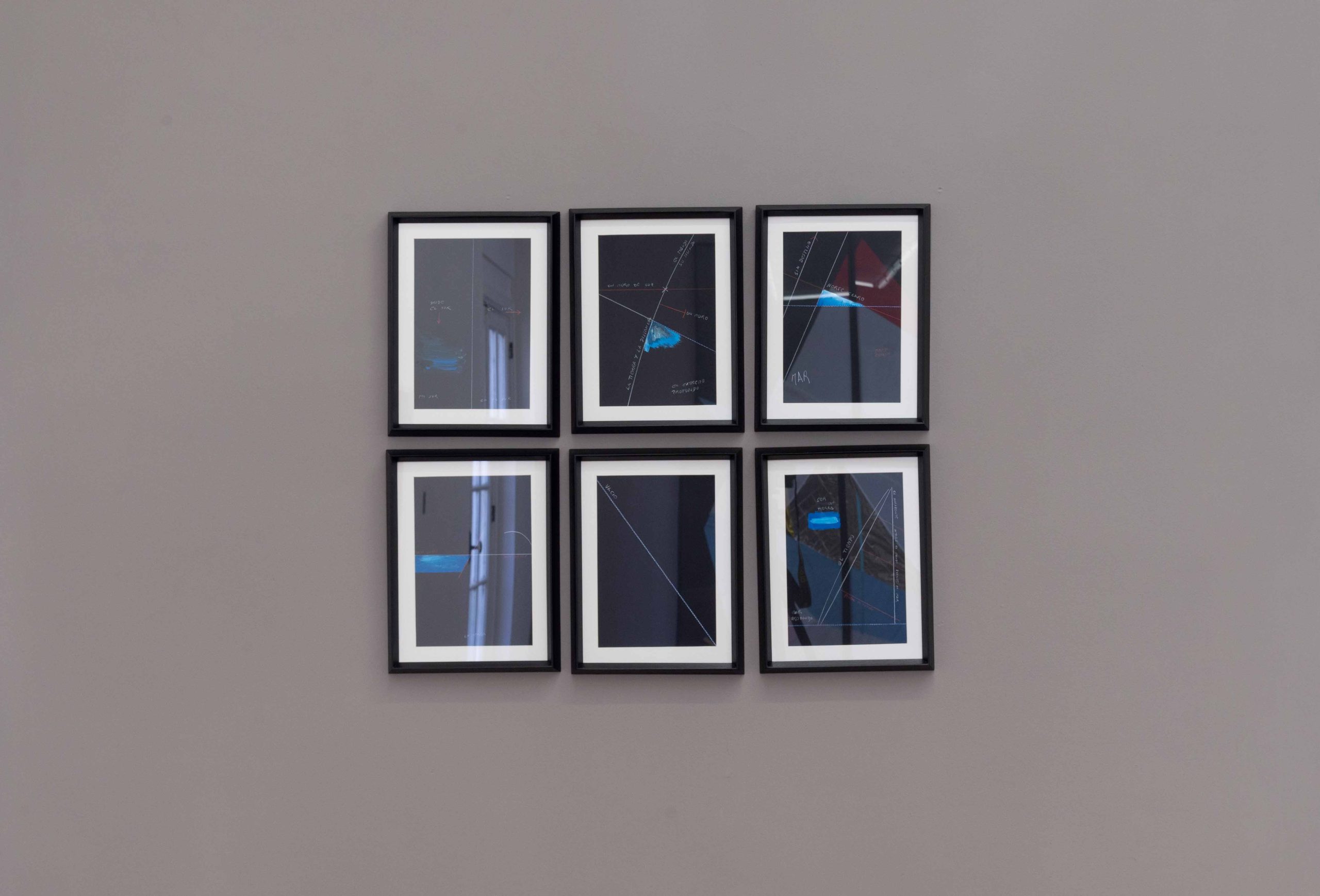
Artist:
Enrique Ramírez